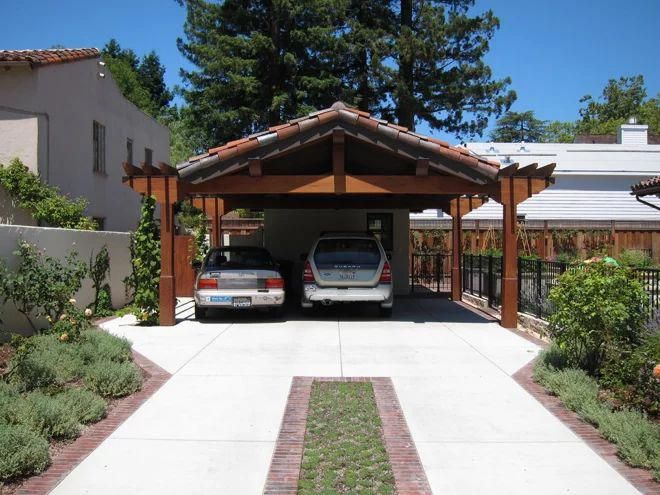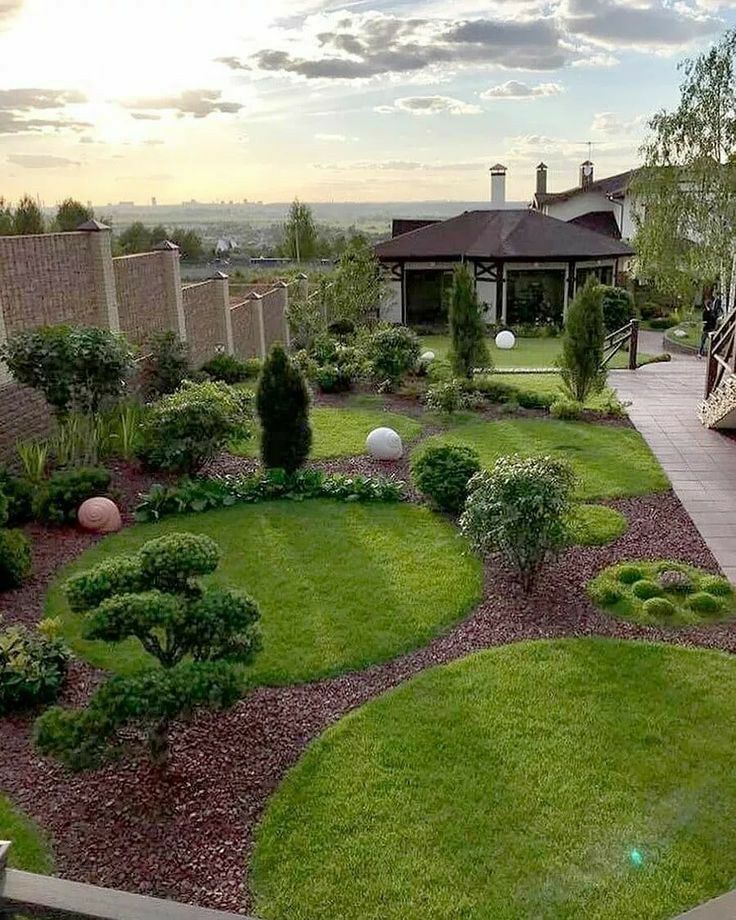Driveway design plan
Driveway design: how to plan and choose the perfect drive
When it comes to driveway design, you need to think about more than making a place to park your car. The width of the drive, whether it's straight or curved, the materials it's made from and how it's edged will all add to your home's kerb appeal – and potentially add value to your property.
See more: Hiring an architect – how to get the right results when remodelling your home
There are important environmental and practical considerations, too. You'll need to think about drainage, as a permeable surface will allow rainwater to soak into the ground and provide moisture for plants and wildlife – at the same time, reducing puddles on the surface of your paving.
Materials like crunchy grit or gravel provide extra security as you can hear anyone approaching your home. And the colours and design you choose can complement the style and period of your home, or look sorely out of place.
We answer your questions to help you get your driveway design right.
What building codes and regulations should I follow?
(Image credit: Stonemarket)
If you’re building a new driveway, rather than replacing an existing asphalt or concrete one, think about how much space you can spare.
Residential building codes in the US state that a driveway should be a minimum of 10 feet in width, with a smooth transition to the sidewalk or street. There will also be rules about the permitted turning radius in a curved driveway.
Be sure to consider any regulations around minimum clearance heights and obstructions. Check your local codes for details.
In the UK, you will need to apply for planning permission to have the kerb dropped to allow you to drive easily from the road and across the pavement to your driveway.
What should I do about rainwater?
(Image credit: Marshalls)
Building codes in the US state that the exterior of a property, including the driveway, should be managed to avoid soil erosion or the retention of stagnant water on the surface.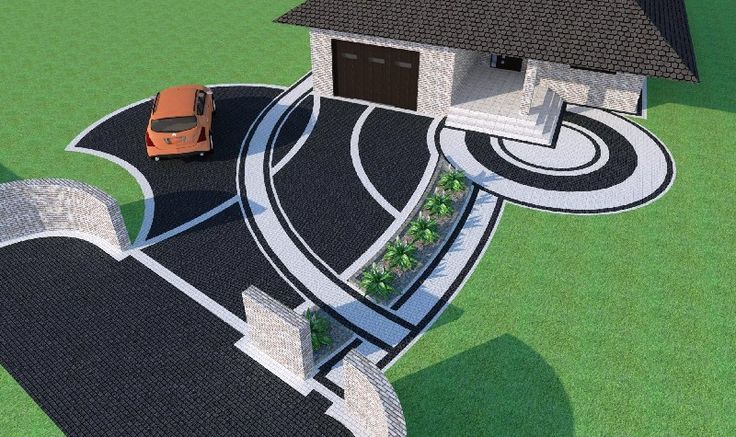 You will have to either lay a permeable surface, provide a permeable drainage system within your property, or apply for planning permission to use a drain.
You will have to either lay a permeable surface, provide a permeable drainage system within your property, or apply for planning permission to use a drain.
In the UK, permitted development rights that previously allowed homeowners to pave their front gardens without planning permission were changed in 2008, in order to prevent flooding and pollution of watercourses.
Permeable surfaces or permeable drainage systems allow rainwater to soak through into the ground below. This is not only good for flood prevention (as public drains won’t have to deal with excess rainwater after a downpour), but your garden will need less watering and you’re unlikely to step into a puddle on your driveway, too.
Do I need planning permission for my driveway?
(Image credit: Bradstone)
In the UK, you'll need planning permission for your driveway design if the surface area is more than five square metres and you’re intending to direct rainwater to a drain (whether on your property or public road).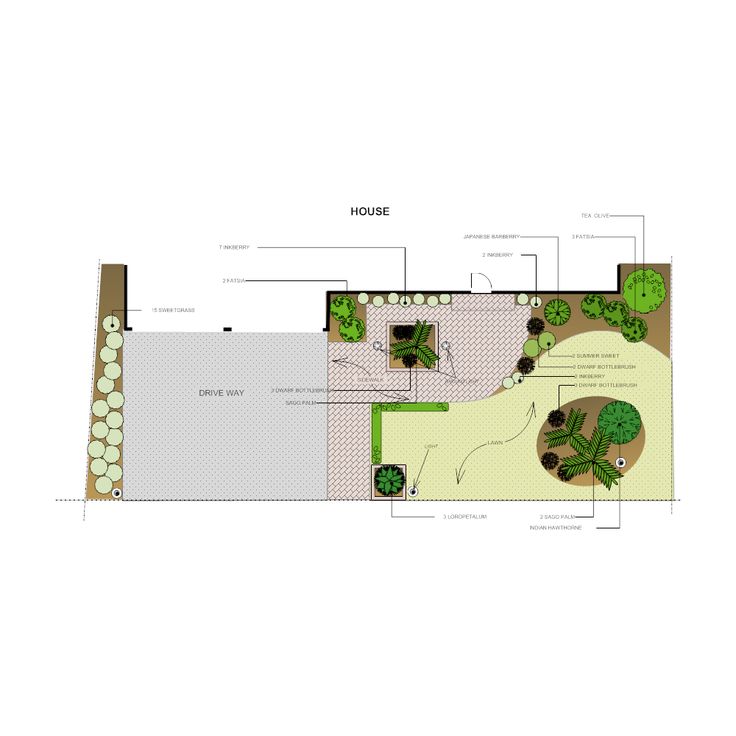
An easier option that complies with current Sustainable Drainage Systems (Suds) legislation and doesn’t require planning permission, is to create or install a drainage system that directs rainwater to run into a permeable area, such as a soakaway. Marshalls ’ Driveline Drain or Channel can do this.
Those who live in a conservation area, National Park, or Area of Outstanding Natural Beauty may still need to apply for planning permission to build a driveway. So if that’s the case, check on the Government’s planning portal .
What is a soakaway?
(Image credit: Stone Warehouse)
A soakaway is a hole dug into the ground that is then filled with coarse stone and rubble. It allows water to filter through and soak back into your lawn or flowerbeds. It can be covered with suitable plants, gravel or cobbles and turned into a decorative feature. Your installer can advise where to locate it.
Which surfaces are permeable?
(Image credit: Polly Eltes/Future)
Gravel (or aggregate) is a popular choice and the one most associated with country houses.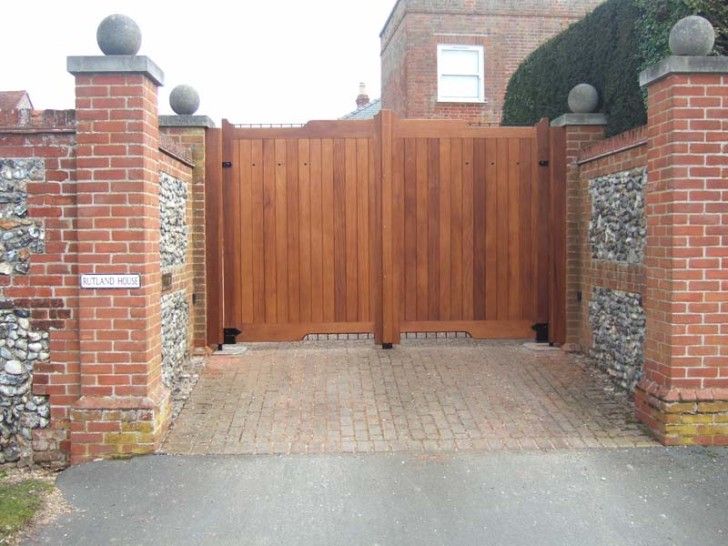 It’s good for drainage, as rainwater will seep into the ground below. The scrunch factor will alert you to visitors (welcome or otherwise), so it’s good for security and it’s one of the least expensive options, too.
It’s good for drainage, as rainwater will seep into the ground below. The scrunch factor will alert you to visitors (welcome or otherwise), so it’s good for security and it’s one of the least expensive options, too.
Companies such as Stone Warehouse offer a huge choice of stone aggregates, from pale limestone and yellow shingle through to red granite or black basalt, and even recycled slate.
‘Fourteen to twenty millimetre gravel is best for drives, as anything smaller may get stuck in tyre treads, and angular stones bed together better for a smoother surface,’ says Sue Jackson, manager at Stone Warehouse. ‘It’s worth using a gravel grid to keep the stones in place, but you may still need to sweep or top up the gravel from time to time.’
Permeable paving is a good option if you like the look of traditional paving, as it’s specially developed so that surface water can pass between the blocks into a sub-base and drain away naturally, so you won’t need to install a drainage system.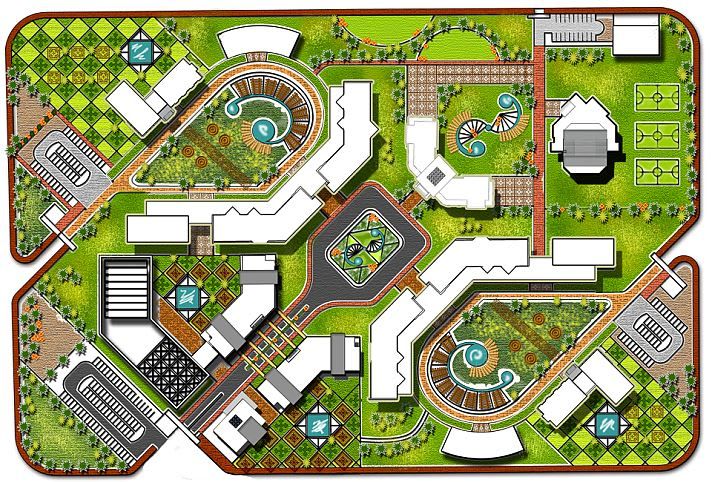 Marshalls and Stonemarket have a choice of colours and sizes, as well as coordinating edgings and borders, much like traditional paving.
Marshalls and Stonemarket have a choice of colours and sizes, as well as coordinating edgings and borders, much like traditional paving.
Resin bound permeable driveways are manufactured from natural aggregate and bound in resin so it’s a neater alternative to gravel as the stones are not loose. It’s a pricier option and will need maintenance, but can be laid over an existing asphalt or concrete driveway and comes with a 21-year guarantee.
What are the options for hard surfaces?
(Image credit: Bradstone)
Block paving can be laid in different patterns and formations to suit the style of your home. It’s made from concrete, clay bricks or natural stone and is available in various tones and textures, from greys and blacks to sand and red brick hues, with finishes from smooth to sawn. The blocks can vary in size from around 10-500mm and are a budget-friendly option.
Cobbles and setts are often made from natural stone (although some are made from concrete to resemble stone) and can have riven, sawn or tumbled surfaces for an antique or timeworn appearance.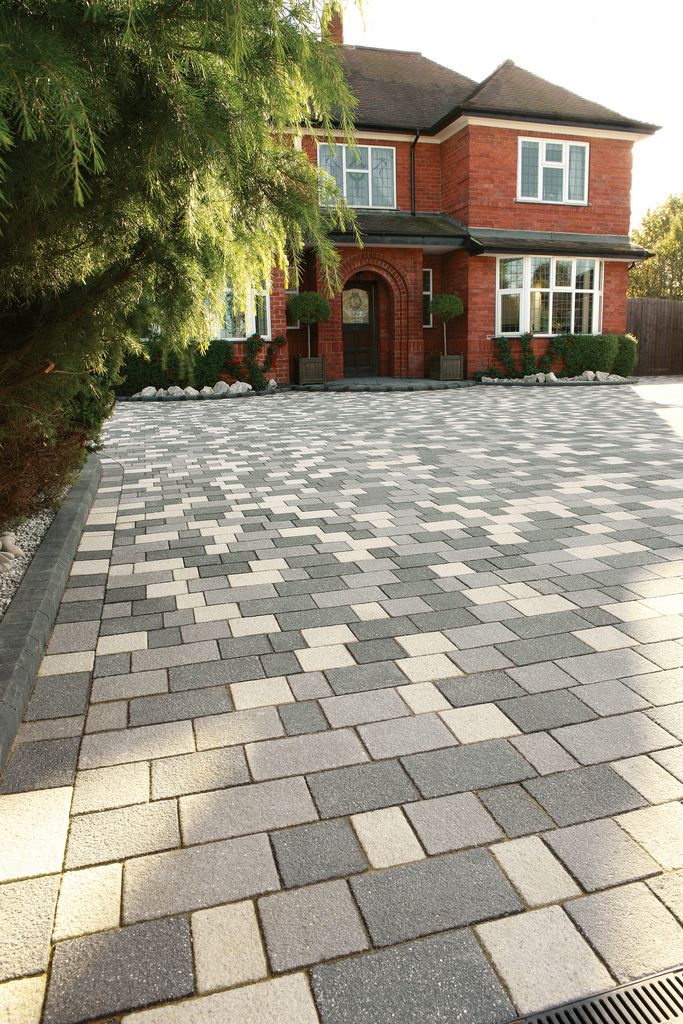
It’s more expensive than block paving but can provide a characterful entrance to a period country property. Paving slabs will need to be a minimum of 50mm thick to withstand the weight of a car, and may need a sub-base, so check suitability with the supplier. All of these hard surfaces can be easily maintained with a regular sweep and an occasional jet wash. But, seek specialist advice for oil spills, as treatment will depend on the stone or surface you choose.
(Image credit: Helen Cathcart/Future)
It’s not essential to have edging, but it will smarten the look and create a neat border. There’s a wide choice available, from traditional Victorian or rope-top style cast concrete, to timber railway sleepers or hewnstone kerbs. You can buy it from your supplier alongside your chosen surface material.
Do I need to hire a professional to lay a driveway?
It depends on the surface you choose, but for anything other than gravel, it is advisable. Most suppliers will be able to provide advice on installation.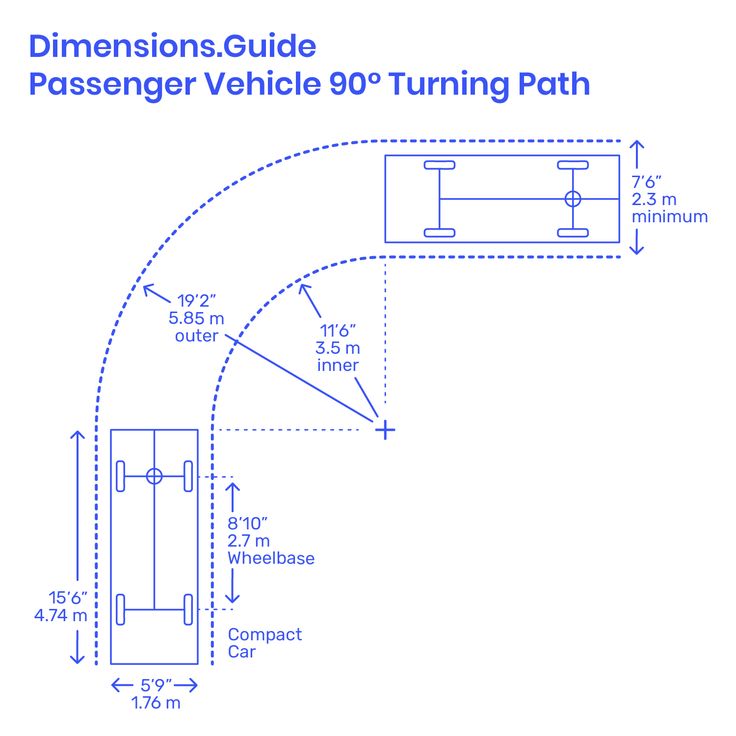
How do I maintain a gravel driveway?
It's important to rake the gravel regularly to remove weeds and debris, and maintain an even surface.
Clear away any dirt built up at the edges of the driveway that acts as a dam to prevent surface water draining away.
Fix potholes by clearing away the gravel on the surface, filling the hole with aggregate and firming it down, then covering with gravel when the driveway is smooth and level.
How do I clean a hard driveway?
Hard surfaces can be easily maintained with a regular sweep and an occasional jet wash. But, seek specialist advice for oil spills, as treatment will depend on the stone or surface you choose.
Driveway design: a step-by-step guide
Planning a new driveway design? There are some crucial things you'll need to consider first. A must-have feature of many front yards, driveways are more than just practical – the best ones will boost the curb appeal of your plot too, and create a great first impression.
Whether you're replacing existing driveway ideas that are looking a little lackluster or building a new one from scratch, you'll want to ensure that the project ends up a success. After all, they're not always the quickest or cheapest features to install, so you'll want to get it right first time. And with this guide, we can help.
We've rounded up five top things to bear in mind when designing a driveway for your outdoor space.
1. Work out the shape and size of your driveway
First, you'll want to decide on the shape and size of your driveway in relation to the rest of your front garden ideas.
Of course, there are plenty of practical factors to consider here. For starters, you'll need it to be wide enough to fit your vehicles – both yours and potential guests' – with room on either side for getting in and out easily. If you're going to include a gate, you'll need to allow room for it to open, too. If you've got a very large front yard, you may even want to provide enough room to turn vehicles around.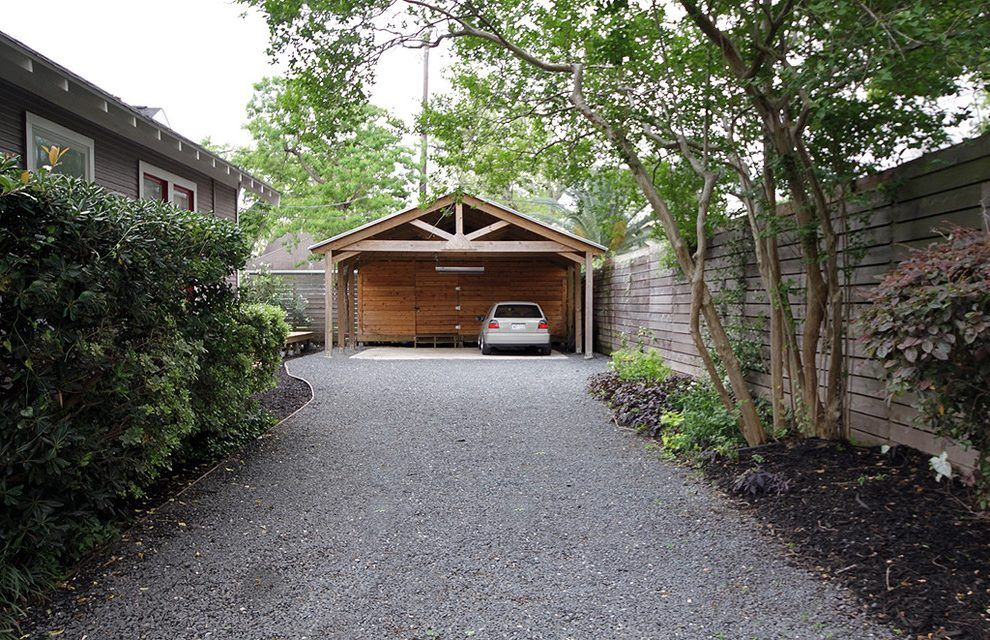
Shape-wise, think about whether you want a simple and straight drive or a curved one. If you have an existing garage, you may wish to create the most efficient route to it from the road. Any large, existing trees that you need to work around may also play a part in the layout of the shape.
It's always a good idea to check with your local planning office to ensure you're meeting any legal requirements with your driveway design, too. For instance, Cass Heaphy of Paving Direct explains how UK building regulations stipulate a minimum width of 3.3m (10.8ft) for lone-access driveways and 2.5m (8.2ft) where a separate means of access – such as a footpath – is present.
There is also the gradient to consider. 'You want the driveway to drain surface water within the boundary of your property, so to achieve this, the driveway will need a gentle gradient called the "fall",' explains Cass. The fall should be between a 1:60 and 1:80 gradient and direct the run-off somewhere suitable (more on this below).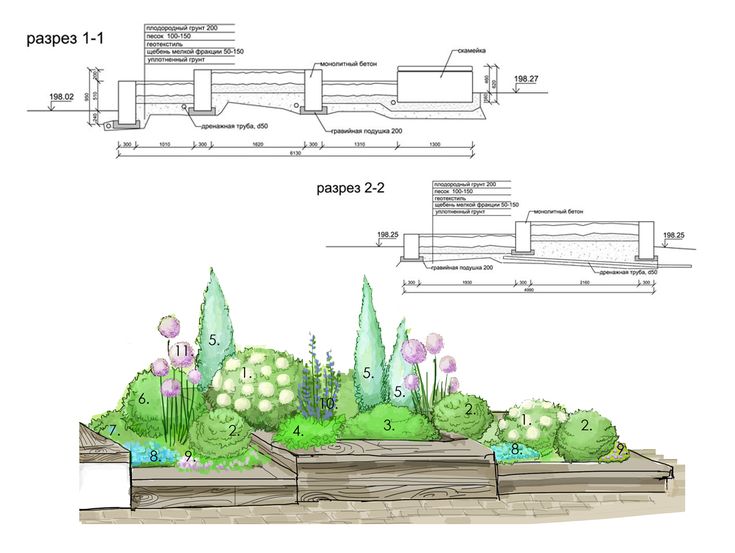 Bear in mind that the gradient will also affect traction in icy or cold weather conditions, he adds. 'If your surface material is too smooth and too steep, you may not be able to use the drive in certain weather conditions.'
Bear in mind that the gradient will also affect traction in icy or cold weather conditions, he adds. 'If your surface material is too smooth and too steep, you may not be able to use the drive in certain weather conditions.'
This driveway elegantly curves around a tree
(Image credit: PC Photography/iStock/Getty Images Plus/Getty Images)
2. Choose the best materials for your space
The surface material of your driveway will affect both how practical it is and how it looks in your space. And there are lots of options to choose from.
To help you decide, you'll want to think about your budget: some materials are much more expensive than others. The cheapest to use will be a decorative aggregate (flint gravel, limestone chippings, etc.,) laid over compacted hardcore (MOT Type 1), as says Cass. Gravel driveway ideas are popular for many reasons, but there are a few drawbacks to consider: 'they offer poor footing, and in wet conditions will likely transfer moisture and dirt to footwear more easily,' he says.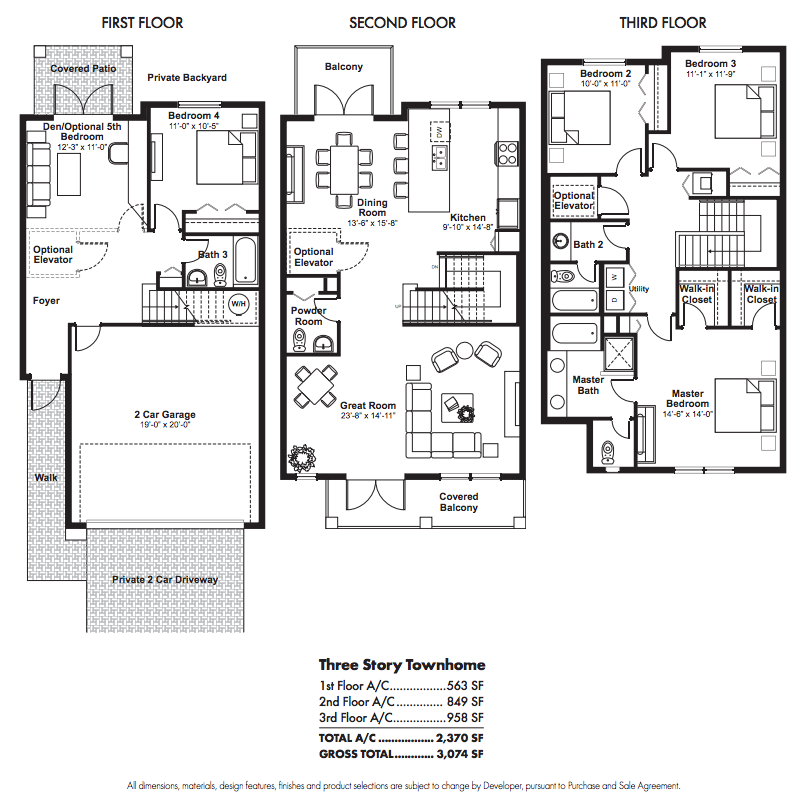 'Likewise, they make access with prams, wheelchairs, and bikes more difficult, where a hard surface would offer better performance.'
'Likewise, they make access with prams, wheelchairs, and bikes more difficult, where a hard surface would offer better performance.'
If you want a hard surface instead, the cheapest option can be done with driveway concrete blocks, Cass advises. 'The most expensive options will be natural stone setts or blocks, or porcelain setts.'
It's also important to factor in the costs of installation if you're hiring a pro. 'The cost of installation is 60–70% labor and 30–40% materials,' says Cass, 'so focusing on the materials alone will not equate to a cost reduction. If you're planning to do this as a DIY project – ask yourself what your own time is worth too.'
Gravel is one of the cheapest materials to use for your driveway design
(Image credit: Future)
Aesthetics are equally important. As Cass suggests, you should ask yourself if the driveway material enhances and complements your home. For instance, you may wish to pick a paving color that matches your exterior walls, or ties in well with your garage doors.
And, if you are laying a block paving, think about the pattern and the different effects it can have on the overall look. For instance, you could choose a stretcher bond, basketweave, or herringbone design.
There is maintenance to consider too: you'll want your driveway to look tip-top for longer, which means you'll need something durable and easy to clean. Most hard surfaces can be spruced up easily with one of the best pressure washers, while gravel can be replaced when it begins to look tired, or washed (although this is more time-consuming). You can find out more in our dedicated guide on how to clean a driveway.
A hard-surfaced driveway like this one is easy to clean with a pressure washer
(Image credit: Marje/iStock/Getty Images Plus/Getty Images)
3. Factor in drainage
'You must have a drainage plan and capture all rainfall and surface run-off water within the boundary of your property,' says Cass. This will help prevent flooding on your property and the street.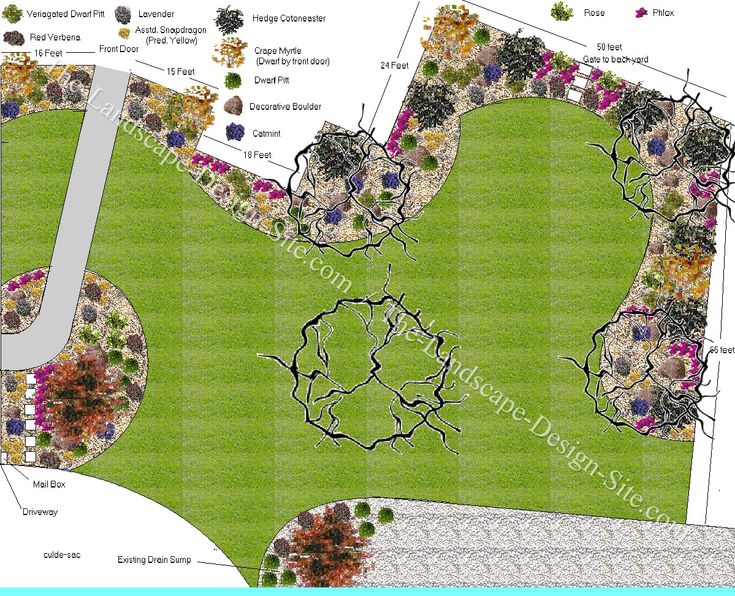
He explains how there are a few options to do this, but the two most common are to use drainage channels and an underground soakaway crate to capture water, or to direct surface run-off into the garden – for instance, into lawns or flowerbeds. The latter tends to be cheaper and easier to do. Alternatively, you could opt for permeable paving.
You can find plenty more info on driveway drainage solutions in our guide.
Permeable Woburn Rumbled Infilta paving from Bradstone will soak up rainwater run-off
(Image credit: Bradstone)
4. Add the perfect finishing touch with edging
As well as the materials of the driveway itself, you may also want to consider adding garden edging ideas to the feature. This can add a smart sense of definition and boost the overall aesthetic appeal.
Straight, chamfered, bullnose, high vs low, the colors and materials – these are all things to be considered, as says Cass. You may even want to go for a softer look and line your driveway with the best edging plants.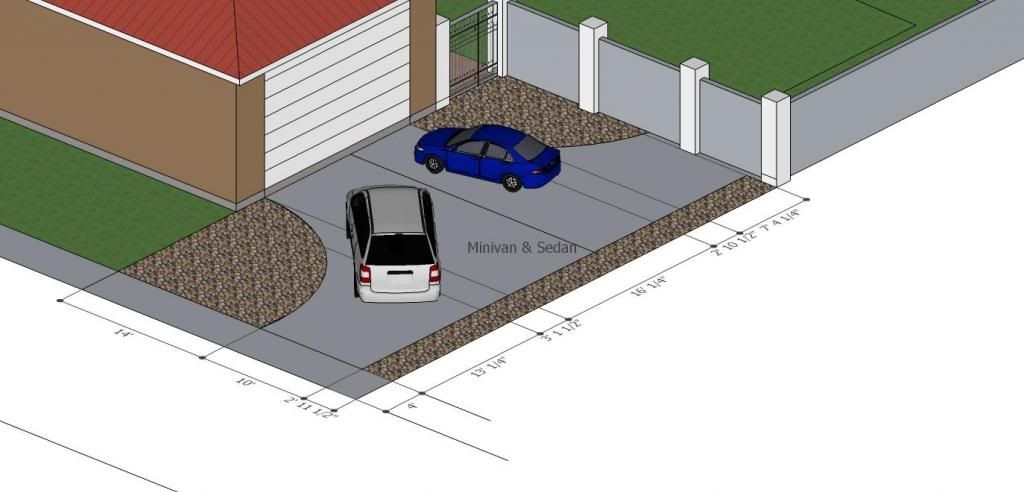
A neat edge defines this driveway from a flowerbed of astrantias and hydrangeas
(Image credit: Steffie Shields/Alamy Stock Photo)
5. Consider adding a gate
Adding a driveway gate is a great way to boost the security levels of your plot and keep pets and little ones safely away from the road. And there are lots of designs to choose from, so it's easy to pick one that will complement your garden theme.
You may even want to go a step further and opt for an automated gate. It's a simple way to make your life easier – just bear in mind that you may need to allow for underground motor chambers, vehicle loop detectors, and other aspects in your plan, as says Cass.
And, if want even more peace of mind, you could invest in one of the best outdoor security cameras, too. And don't forget about lighting, whether that's recessed, staked, or wall-mounted styles.
A gate will make your plot more secure
(Image credit: OceanProd/iStock/Getty Images Plus/Getty Images)
Is it difficult to build a driveway yourself?
Now you know how to design a driveway, you may be wondering if it's possible to build it yourself, too. 'If you are happy with manual labor and are handy, then doing a driveway should be within your capabilities,' says Cass.
'If you are happy with manual labor and are handy, then doing a driveway should be within your capabilities,' says Cass.
'The difficulty and effort will depend on whether you need to do the groundwork for drainage, or whether your water capture regime will use the garden lawns and beds to absorb run-off rainfall. The former will need more excavation, which if done manually, could be difficult.
'You will need specific equipment and machinery such as a compactor plate (which can generally be hired if necessary), so make sure you are aware of these tools and equipment costs when planning the work, as a contractor will have these themselves.
'If you do plan a DIY driveway installation, find a good driveway installation guide and follow the processes step-by-step. You should be fine,' he says.
And if you're looking for more projects to elevate your garden, then our guides on how to lay a patio and how to build a rock garden have got you covered.
Transport card Strizh.
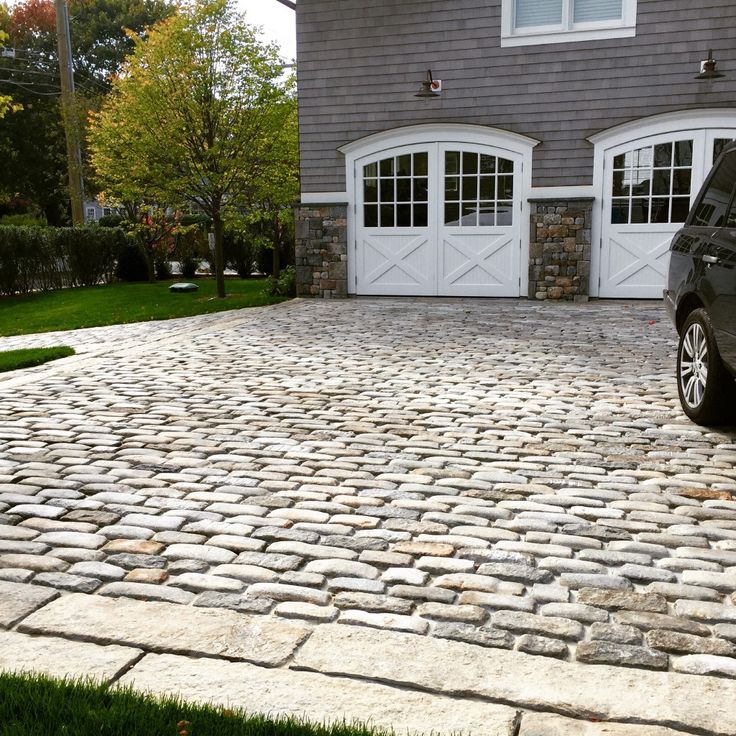 Reliable service for you and your loved ones.
Reliable service for you and your loved ones. Plan your day, and we will help you get to any point in the city.
Choose a plan
Every day with Us
0
people move around the city mobile
0
use a non-cash payment method
users are satisfied with our work
News
All newsNew mobile application "Udmurtia transport"
With it you can:
- create a convenient route
- track traffic on the map in real time
- find out the estimated time of arrival at the desired stop
- pay the fare directly from your smartphone in the application or using the qr code placed in the transport (so far only available on Buses No. 8 and 79)
Tariff changes from January 10, 2023.
Based on the Orders of the Ministry of Construction, Housing and Energy and Energy of the Udmurt Republic dated December 30, 2022 No.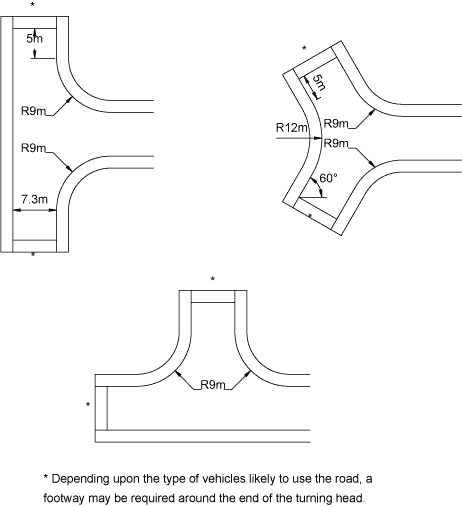 33/1
33/1
from January 10, 2023, the cost of travel, baggage and hand luggage for passengers on municipal routes of regular transportation operating at a regulated fare has changed.
Dear passengers
You can recharge your transport card:
In the mobile application Strizh
1
At the box offices of transport companies at the following addresses:
- JSC "IPOPAT" Lenina 4a
- JSC "IPOPAT" Bummashevskaya d.5
- MUP "IzhGorElectrotrans" Mayakovsky 7
2
Top up with a card of any bank through the website or mobile application Frisbee frisbi24.ru
3
At the Databank office at:
Izhevsk, st. Lenina, 30 (ticket office No. 3).
Operating mode:
weekdays - from 8. 30-19.00 without a break,
30-19.00 without a break,
Saturday - from 9.30-16.30,
break from 13.00-13.30,
Sunday is a day off.
4
In the personal account of the Sberbank Online service
5
In the network of terminal devices "QIWI"
6
Please note
In QIWI terminals you can change the tariff plan of your card
yourself.
For this you need:
1. press the button "Change tariff plan".
2. Then select the required one from the proposed You tariff plan and recharge the card.
It is recommended to change the tariff plan on the last day of the current or at the beginning of the next month, because when the tariff plan is changed, the information about the old tariff plan on the card is deleted.
The history of fare payment
by bank cards can be viewed in the bank's personal account at the link:
securepayments.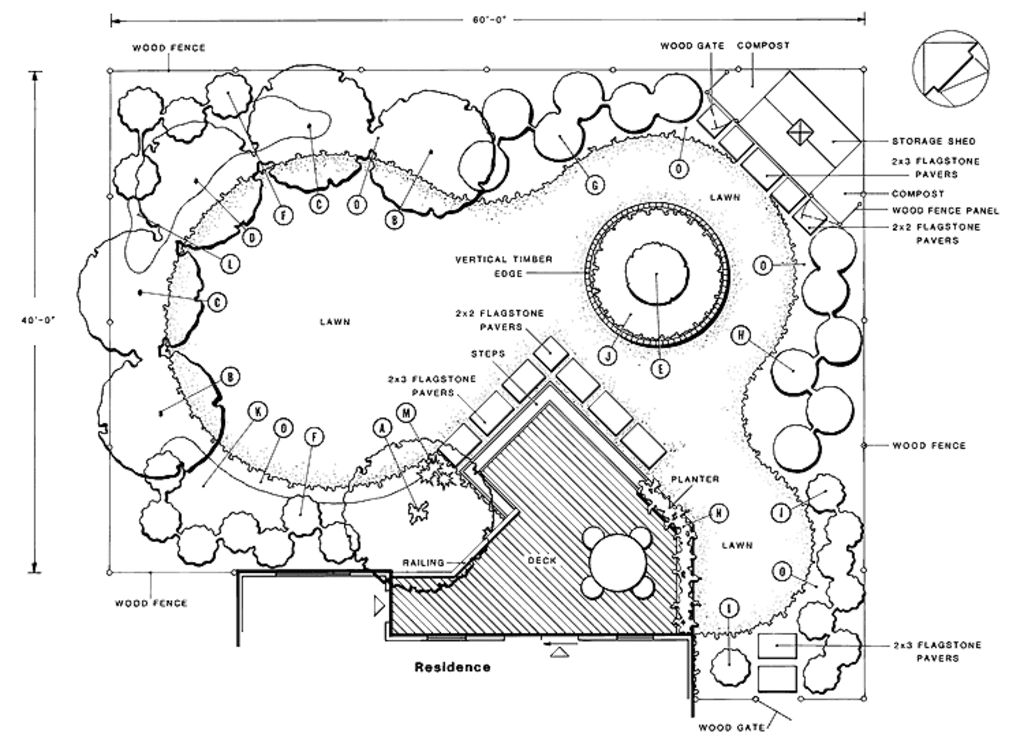 sberbank.ru/sberbilet/#/auth/login
sberbank.ru/sberbilet/#/auth/login
You can also pay off the debt in order to remove the card from the stop list (the card is removed from the stop list within 24 hours)
Instructions for working with a personal account
Old personal account securepayments.sberbank.ru/client/login
For information on replenishment, please call: +73412-77-62-29
How to get an easement to get to the site. Step-by-step instructions / CADASTRE PLUS
Yes, it happens that a land plot does not have access to a road, public lands. Or at a group of sites the exit to the main road is blocked. Or even worse, when they sell a land plot without warning that there is no direct access to this plot. But this is a separate case, which should be clarified even before the purchase of the site.
Of course, there can be many reasons for the disappearance of direct access to land. For example, in one SNT "Solnyshko" all gardeners freely left the SNT and drove along the coastline to the main road.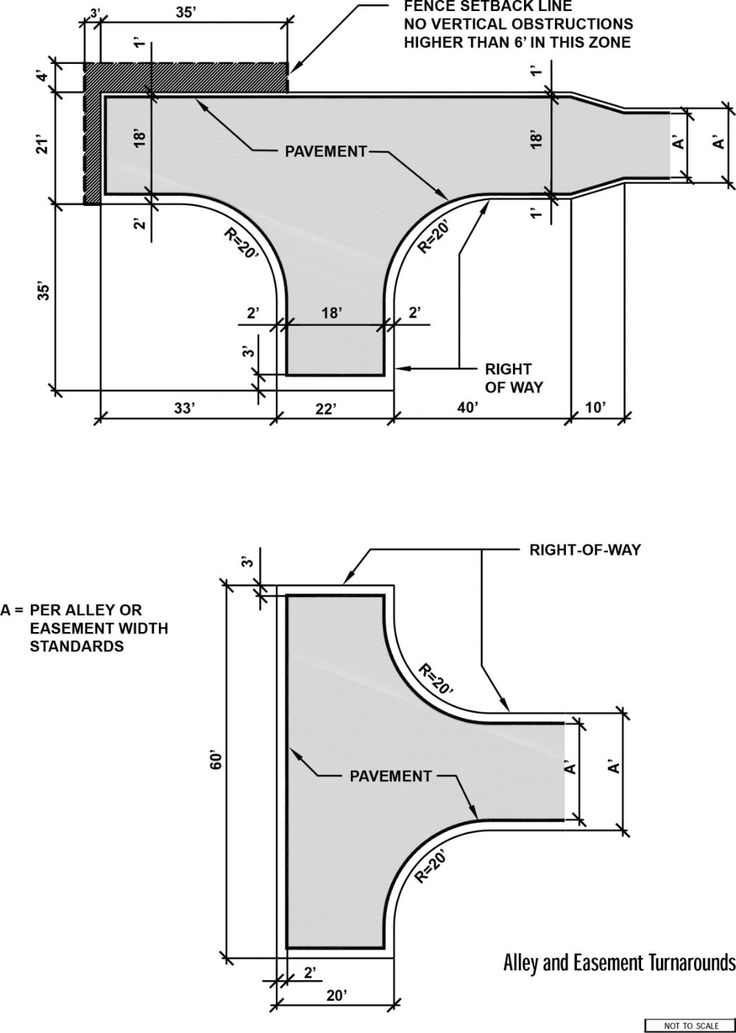 But a terrible thing happened… the coastline was blocked. The beach has been improved for recreation and entertainment. What should gardeners do? Look for other ways to get out! And in their case, exit is possible through a site that belongs to another person. In order to issue an unhindered exit to the main road, they will have to issue an easement.
But a terrible thing happened… the coastline was blocked. The beach has been improved for recreation and entertainment. What should gardeners do? Look for other ways to get out! And in their case, exit is possible through a site that belongs to another person. In order to issue an unhindered exit to the main road, they will have to issue an easement.
What is an easement?
An easement is a right of limited use of another land plot. An easement may be established to ensure the passage and passage, construction, reconstruction and (or) operation of linear facilities that do not interfere with the use of the land plot in accordance with the permitted use, as well as other needs of the owner of real estate that cannot be provided without the establishment of an easement.
It can be paid and free. The price of the easement is determined by the parties to the contract.
In order to issue an encumbrance (the right of limited access), it is necessary to have certain agreements between the parties, i.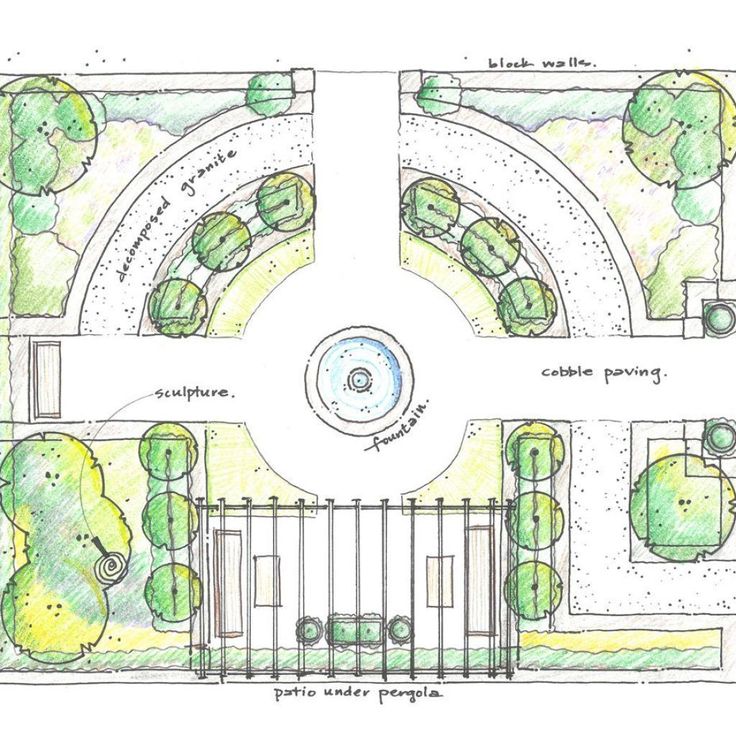 e. between the person for whom the servitude will be established and the person on whose land the servitude will be imposed.
e. between the person for whom the servitude will be established and the person on whose land the servitude will be imposed.
Encumbrance of a land plot with an easement does not deprive the owner of the land plot of the rights to own, use and dispose of this plot.
And of course, not everyone wants to have an easement on their land.
What if the party does not agree to grant the easement?
In this case, only going to court will help solve this problem.
To apply to the court, you must prepare a map of the location of the easement and justify that this is the only possible way to get to your site.
The scheme, as a rule, displays the boundaries of the land plot and the area necessary to ensure passage, the cadastral numbers of all nearby plots must be indicated.
A conclusion of a cadastral engineer is being prepared, in which there is an establishment of the fact that there is no direct access to the site from public lands (roads).